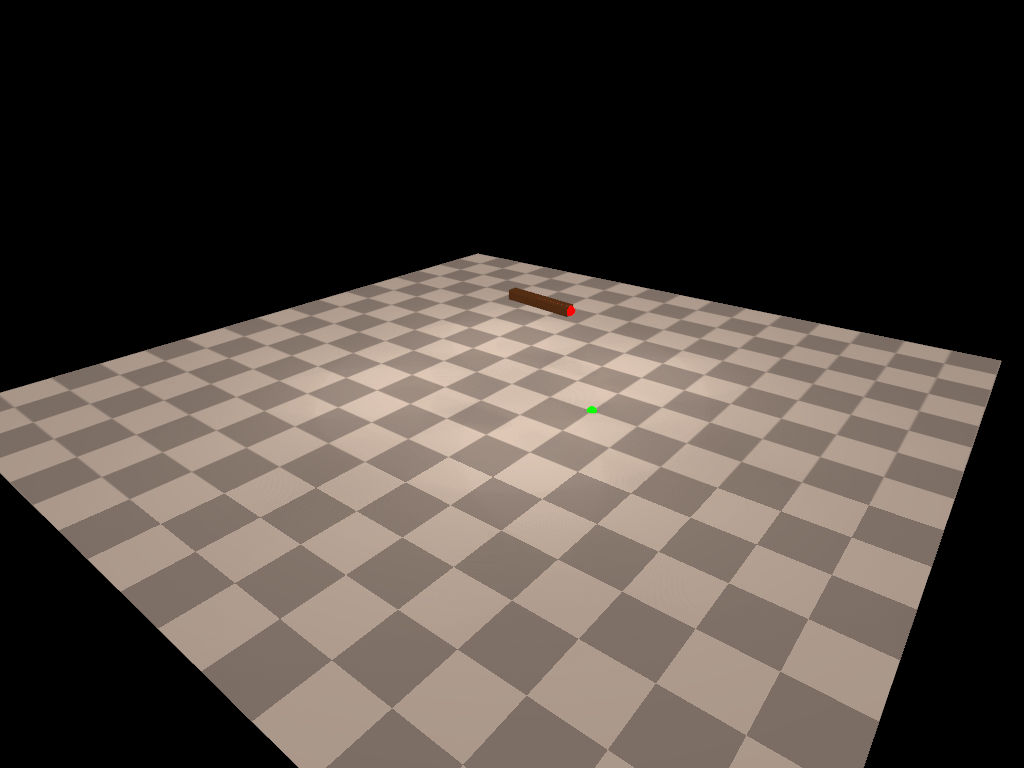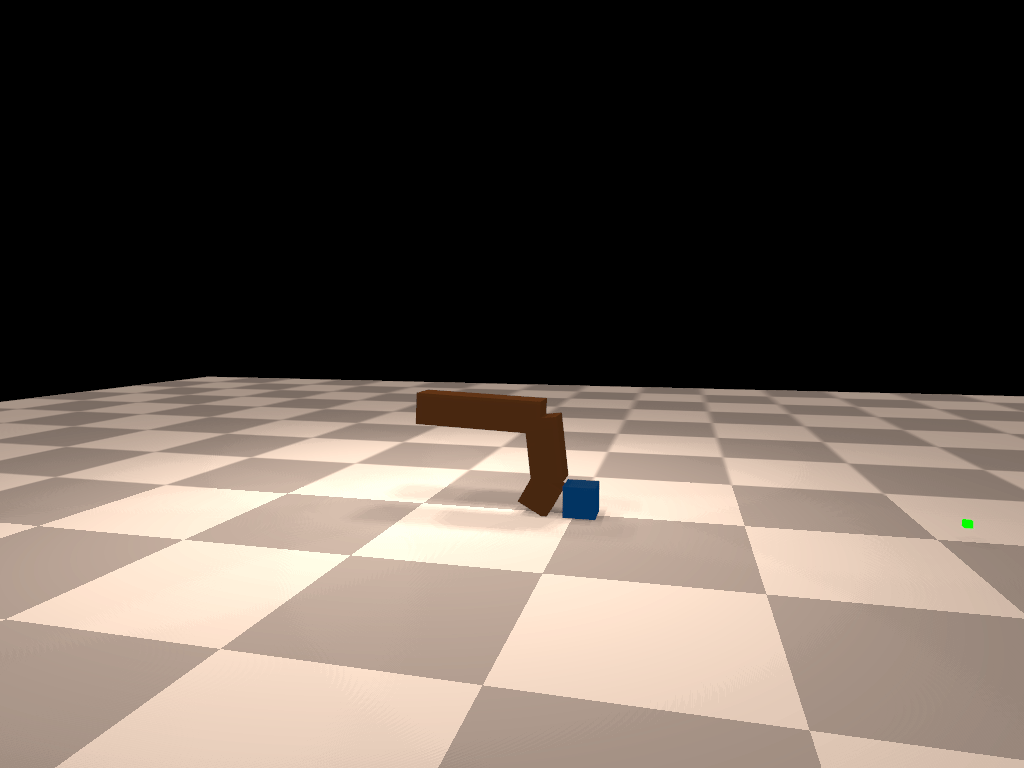DiffHand
This repository contains the implementation for the paper An End-to-End Differentiable Framework for Contact-Aware Robot Design (RSS 2021).
In this paper, we propose a fully differentiable pipeline to jointly optimize the morphology and control of manipulator robots. At the core of the framework is a deformation-based morphology parameterization and a differentiable simulation.
The framework itself is general and not limited to manipulator robots, we select the case study of manipulator robots because of its complexity and contact-rich nature. Welcome to try our code on any other types robots as well.
Installation
We provides two methods for installation of the code. Install on local machine and Install by Docker.
Option 1: Install on Local Machine
Operating System: tested on Ubuntu 16.04 and Ubuntu 18.04
-
Clone the project from github:
git clone https://github.com/eanswer/DiffHand.git --recursive. -
Install CMake >= 3.1.0: official instruction for cmake installation
-
build conda environment and install simulation
cd DiffHand conda env create -f environment.yml conda activate diffhand cd core python setup.py install -
Test the installation
cd examples python test_redmax.pyIf you see a simulation rendering with a two-link pendulum as below, you have successfully installed the code base.

Option 2: Install by Docker
We provide a docker installation in the docker folder. Follow the readme instruction in docker folder to complete the installation.
Code Structure
There are two main components of the code base:
- Differentiable RedMax:
DiffHand/core. The differentiable redmax is based off RedMax and further makes if fully differentiable. It provides the simulation derivatives w.r.t. both simulation parameters (kinematics- and dynamics-related parameter) and control actions. It is implemented in C++ for computing efficiency. We provide a simulation document for mathematical details of our differentiable RedMax. - Morphology and Control Co-Optimization:
DiffHand/examples. We build an end-to-end differentiable framework to co-optimize both the morphology and control of manipulators. We use L-BFGS-B as our default gradient-based optimizer and also provides the source code for the gradient-free baseline methods.
Run the Code
It is recommended to try out the scripts in play with redmax simulation first if you would like to get familiar with simulation interface.
Run the examples in the paper
We include the four co-design tasks from the paper in the examples folder.
- Finger Reach
- Rotate Cube
- Flip Box
- Assemble
To run the L-BFGS-B optimization with our deformation-based design parameterization, you can enter the corresponding folder and run demo.sh under the folder. For example, to run Finger Reach,
cd examples/rss_finger_reach
bash demo.sh
Run batch experiments of baseline algorithms
We include the gradient-free baselines (except RL) and the control-only baseline in this repository. For the RL baseline, we use the released code from Luck et al with some modifications to our proposed morphology parameterization.
To run the baseline algorithms or our method in a batch mode, enter the corresponding folder and run run_batch_experiments.py. For example, to run Flip Cube with CMA-ES,
cd examples/rss_finger_flip
python run_batch_experiments.py --method CMA --num-seeds 5 --num-processes 5 --save-dir ./results/
Play with redmax simulation
We provide several examples to test the forward simulation and its differentiability.
-
examples/test_redmax.pyprovides the script to show how to run forward simulation and rendering. It can be easily executed by:python test_redmax.py --model hand_sphereHere, you can also try other models provided in
assetsfolder (models are described byxmlconfiguration files). -
examples/test_finger_flick_optimize.pyprovides an example for using the backward gradients of the simulation. In this example, we use gradient-based optimization to optimize the control sequence of a pendulum finger model to flick a cube to a target location. run it by:python test_finger_flick_optimize.pyThe initial control sequence is shown first and you can press [Esc] to close the rendering and start the optimization. After successful optimization, you will see a rendering as below:

Citation
If you find our paper or code is useful, please consider citing:
@INPROCEEDINGS{Xu-RSS-21,
AUTHOR = {Jie Xu AND Tao Chen AND Lara Zlokapa AND Michael Foshey AND Wojciech Matusik AND Shinjiro Sueda AND Pulkit Agrawal},
TITLE = {{An End-to-End Differentiable Framework for Contact-Aware Robot Design}},
BOOKTITLE = {Proceedings of Robotics: Science and Systems},
YEAR = {2021},
ADDRESS = {Virtual},
MONTH = {July},
DOI = {10.15607/RSS.2021.XVII.008}
}



